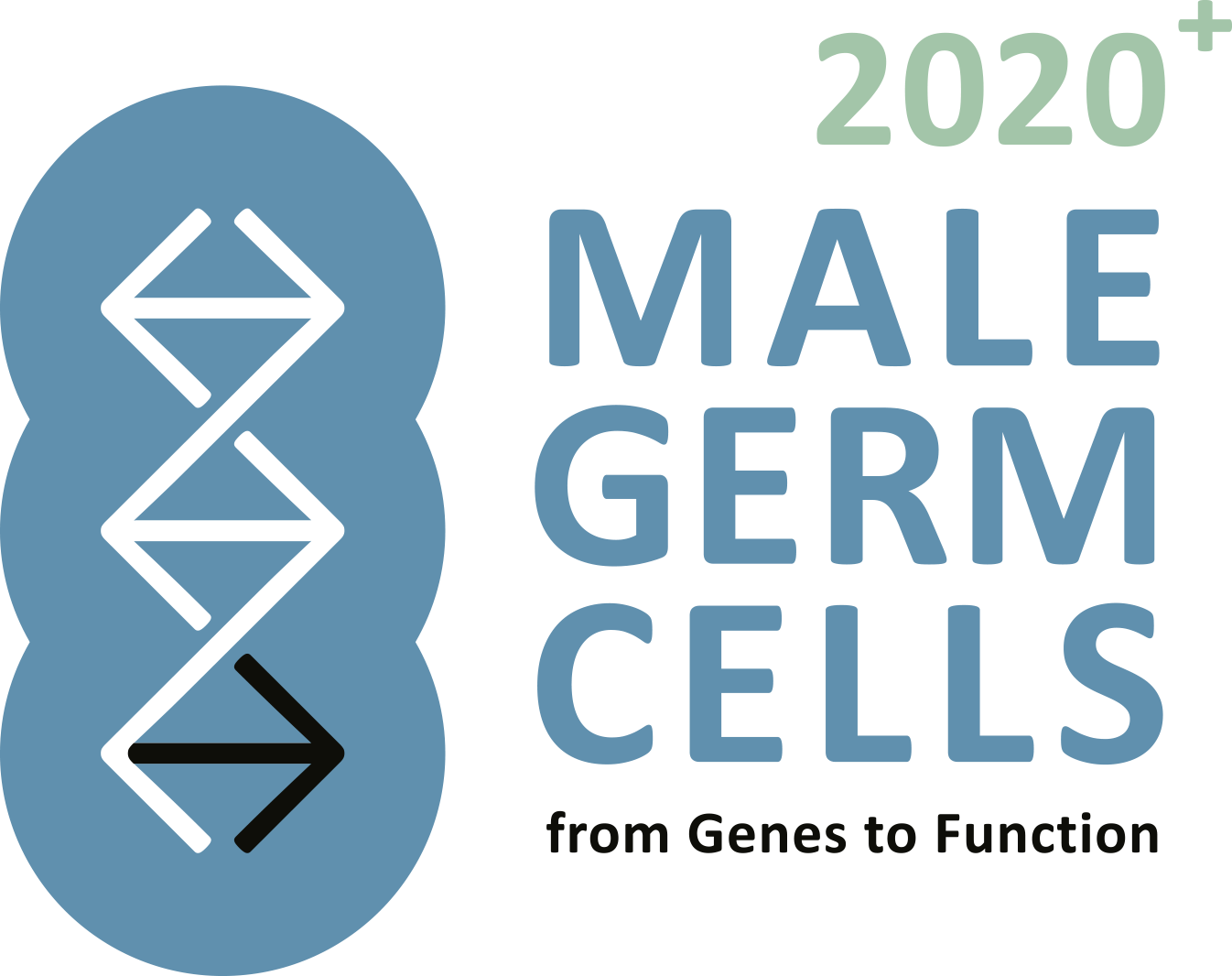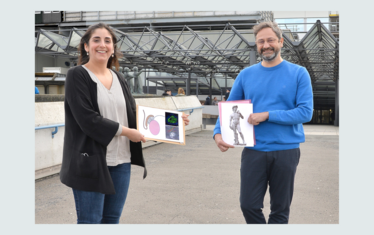Efferent duct ciliary motility & male infertility – joint publication of this CRU!
The efferent duct of the mammalian male reproductive tract is lined by motile cilia. Reduced generation of these cilia is associated with obstructive oligozoospermia and fertility issues in several mouse models. However, the impact of efferent duct cilia dysmotility on human infertility has not been studied so far. A recent publication of our Clinical Research Unit 326 at Molecular Human Reproduction aims to shed some light into the dark:
CRU326 member Isabella Aprea and the team of principal investigator Heymut Omran from the Department of General Paediatrics performed in-depth analyses of the axonemal motor protein DNAH5 in mice and human. They revealed a disruption of the outer dynein arm composition of motile cilia leading to immotile efferent duct cilia and accumulation of sperm in the efferent duct. Interestingly, the ultrastructure and motility of sperm are unaffected in DNAH5-deficient mice. Similar findings were observed in humans carrying loss-of-function variants in DNAH5. These men were characterised by a reduced sperm count in the ejaculate (oligozoospermia) and dilatations of the epididymal head. Sperm motility itself was not impaired, neither in mice or men.
The findings of this multidisciplinary study highly demonstrate that efferent duct motility is important for male reproductive functions and uncovers a novel pathomechanism of male infertility. This can be taken into account for future patient counselling and treatment.
Research on mammalian sperm motility is one of the key topics of our clinical research unit, aiming to unravel unexplained infertility issues, phenotyping each patient in-depth and improve overall patient characterisation, creating a sustained impact on research and clinic alike. Take a look at our projects focussing on different aspects of this topic: The (patho)physiology of ion channels in human sperm, Molecular defects in multiple morphological abnormalities of the sperm flagellum (MMAF), and Male infertility caused by defective sperm flagella beat generation due to ODA defects. For more information about the publication and the projects impact, read the news article of the university here.
Do you have a question, a comment or would you like to get in contact with us? Send us an e-mail!



